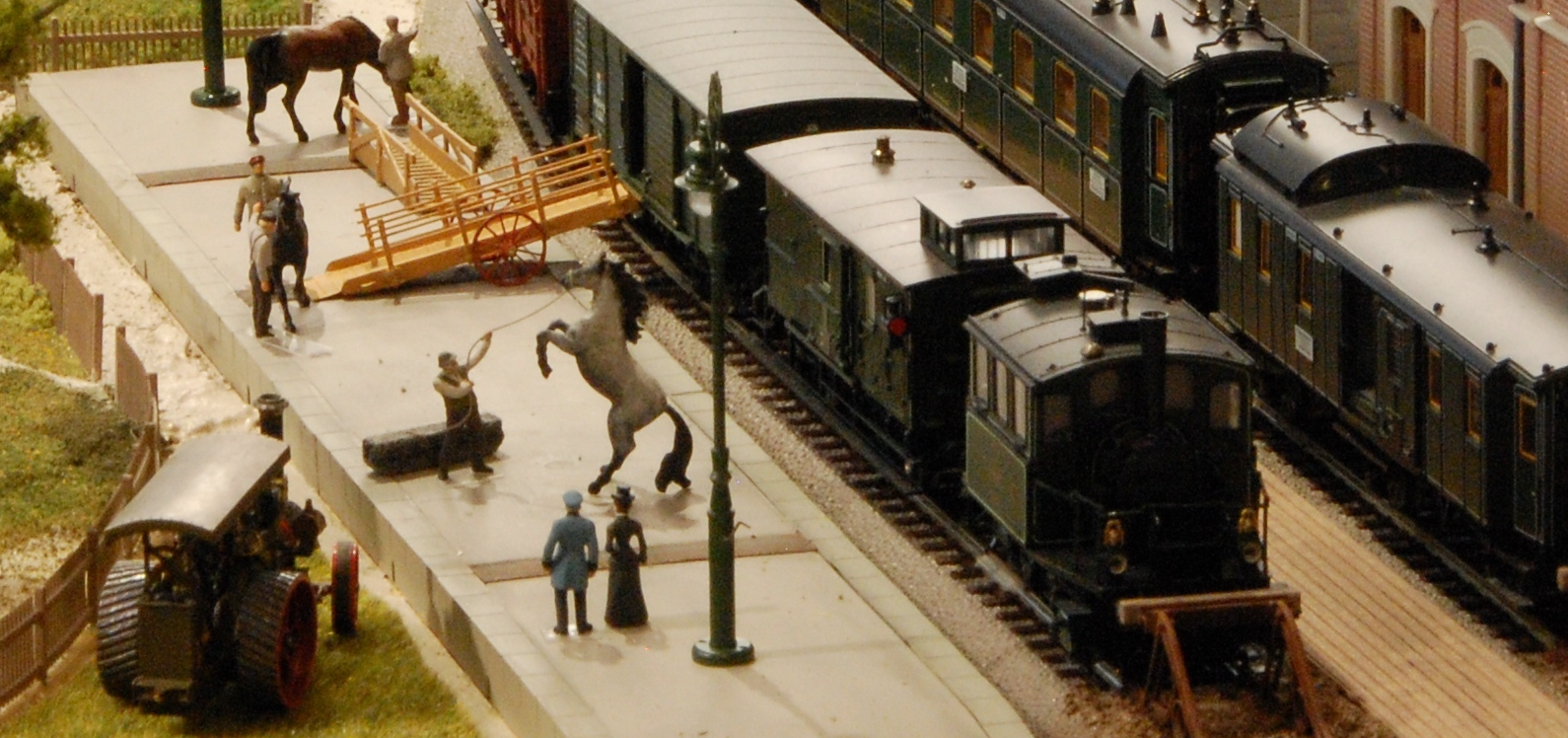
The Empress the World Still Loves
Empress Elizabeth of Austria-Hungary
In front of the little station at Feldafing in Bavaria fly three flags that commemorate a woman whose charm and intellect are fondly remembered even though more than a century has passed since she was alive: the Empress Elisabeth of Austria-Hungary. She returned to Feldafing as Kaiserin - Empress - to spend many a summer at the nearby castle where she’d enjoyed a happy childhood. From left to right, the flags represent her as Empress of Austria-Hungary, as a Wittelsbach, Bavaria’s royal family, and as a subject of the Kingdom of Bavaria.
During the twentieth century a sort of “cult” grew up around her memory that remains alive despite all of the time that’s elapsed. Hers is still thought to have been one of the greatest romances of the nineteenth century and she was certainly a great beauty, yet she never came close to living “happily ever after”.
“Sisi” was born a princess of the Bavarian royal family. In 1854 she married Franz Joseph, the Habsburg emperor of Austria who adored her. She’d been a happy, though shy, girl and Franz Joseph insisted that she’d be happy as Austrian Empress, but she wasn’t. The court stifled her with its rigid, antiquated protocols and there was strife from the beginning with her husband’s mother who saw her as “silly”, useful only for bearing imperial heirs.
Her firstborn child, Archduchess Sophie, died when she was only two. Sisi’s son, Crown Prince Rudolph, died by his own hand in 1889 at the age of 30. There were to be other tragedies, ending with her assassination in 1898.
During the years between Rudolph’s suicide and her murder by an anarchist, the Empress led a restless, indeed a compulsive life. To avoid being at Court, she became an astoundingly skillful horsewoman, in fact the finest in Europe, better than all but a very few men.
Sisi was the behind-the-scenes co-architect of the Ausgleich, the “understanding” that, in 1867, created the Austro-Hungarian Empire, the unique idea that kept the Habsburgs’ two principal kingdoms from virtually certain, acrimonious separation.
We see her here in 1914 as a ghost image, sixteen years after her death. Dressed in the black riding habit by which she will always be remembered, she stands beside an official of the Royal Bavarian State Railway administration, watching the off-loading of three of her highly bred Irish hunters.
Had she been accepted as the brilliant and deeply perceptive woman she was, European history could well have followed a different course. Sisi remains one of the haunting “what ifs” of modern history.




